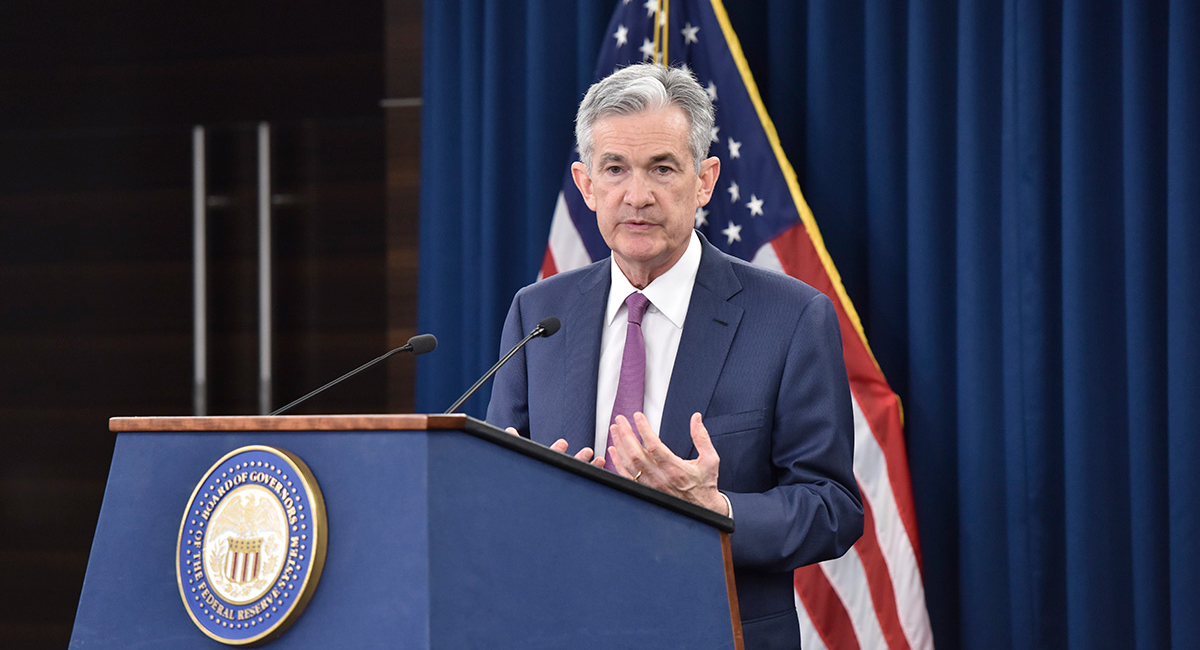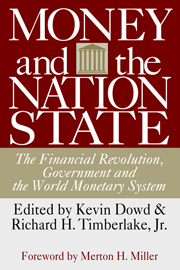Federal Reserve Chairman Jerome Powell promised last month that a “soft landing,” one with neither a recession nor high unemployment, is in the works. He cited three historic tightening cycles, 1965, 1984 and 1994, when soft landings occurred.
With the glaring exception of inflation, the U.S. economy is performing well. The labor market is tight, incomes are growing, and household balance sheets are strong. Corporate inventories are low while margins are near record levels. But inflation is at a 40-year high, almost four times the Fed’s target of 2%. The Fed has dropped its “transitory inflation” rhetoric and has turned hawkish. As the Fed addresses inflation, what conditions must prevail to ensure a soft landing?
Rate hikes, the Fed’s favorite monetary policy instrument, are a fundamentally unreliable indicator of the stance of monetary policy. Increases in interest rates may or may not be associated with reductions in the rate of growth in the money supply and nominal spending. The magnitude of the interest-rate effect on the money supply and nominal spending is highly variable.
If the Fed wants a soft landing, its focus must be on the rate of growth in the money supply, broadly measured. The ratio of broad money to nominal spending, the inverse of income velocity, typically has a stable trend. Therefore, the amount of new money created gives a reasonable estimate of new purchasing power injected into the economy. The growth in the money supply is the “altimeter” that any central bank pilot needs on the dashboard to ensure a soft landing.
Let’s look at Mr. Powell’s examples. The Fed tightened monetary policy by increasing the federal-funds rate significantly in 1965 (from 3.4% to 5.8%), 1984 (9.6% to 11.6%) and 1994-95 (3% to 6%) without precipitating a recession. In each of these episodes, the unemployment rate fell—respectively from 5.1% to 3.6%, 7.8% to 7.5%, and 6.5% to 5.8%. The Fed was able to land softly in each of these three tightening cycles because the growth in the money supply was maintained at an adequate rate even while the Fed hiked the fed-funds rate. That growth neutralized the increases in the fed-funds rate.
Mr. Powell omitted to mention tightening cycles in which the economy crashed, including the recessions of 1973-75, 1990-91 and 2001. All three were precipitated by Fed tightening cycles. The fed funds rate jumped from 5.5% to 9.5% in early 1973, 6.5% to 9.75% in 1988-89, and 4.75% to 6.5% in 1999-2000. What separated the soft landings from these crash landings was that the Fed ignored its money-supply altimeter. The growth of the money supply was neglected and plummeted to rates below what would have allowed the Fed to meet an “inflation target.” Shortly after, the economy crashed into a recession.
Where do these lessons leave Mr. Powell? The first thing he has to do is put the money-supply altimeter on his dashboard. Second, he has to watch changes in that altimeter carefully as he raises the fed-funds rate and shrinks the Fed’s balance sheet. If the rate of monetary growth stays too high, inflation will never come back to Earth, regardless of his rate hikes and balance-sheet shrinkage. But if it falls too far, the economy will crash.
What is the adequate rate of growth for the money supply that would eventually hit the Fed’s inflation target of 2%? It’s the “golden growth” rate of around 6%. By taking the growth rate in M2 down from its current level of 11%, Mr. Powell can bring inflation down and land softly.











